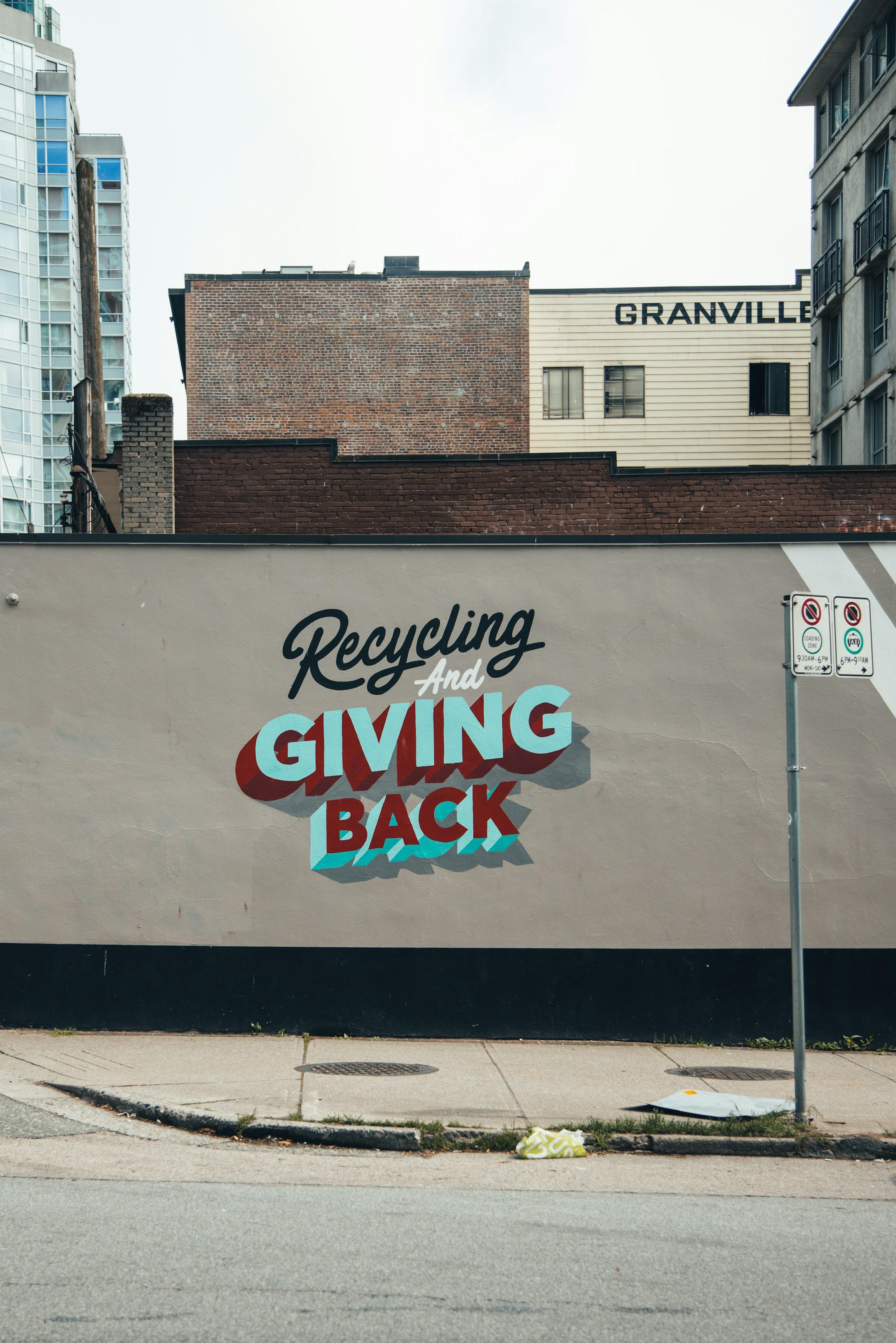
Starting a Used Cooking Oil (UCO) recycling program in your community is an impactful way to promote sustainability and reduce waste. As the demand for eco-friendly practices grows, transforming used cooking oil into biodiesel or other valuable products presents an excellent opportunity to engage residents, local businesses, and government entities alike.
This blog post provides a comprehensive step-by-step guide for launching a UCO recycling initiative tailored to your community's unique needs, ensuring that your efforts are both effective and sustainable.
In this guide, you will learn how to engage stakeholders who can champion your program, from local restaurants to environmentally-conscious citizens.
We will explore practical tips for setting up efficient collection systems that cater to the various participants in your initiative, ensuring they understand how to recycle their UCO responsibly.
Additionally, we will discuss effective strategies for promoting participation and raising awareness, creating a culture of recycling that not only benefits the environment but also fosters community spirit.
Together, let's take the first steps toward a cleaner and greener future!
Step-by-step guide for starting a UCO recycling program in your community
Starting a Used Cooking Oil (UCO) recycling program in your community begins with thorough research and planning. Start by identifying local regulations and guidelines surrounding UCO disposal and recycling, as these will guide your program's structure.
Next, conduct a community assessment to gauge interest and identify potential participants and contributors, such as restaurants, schools, and households.
Engaging local businesses can create a sense of ownership and provide valuable insights into the collection process.
Once you have gathered enough information, establish a clear mission and objectives for your UCO recycling program to effectively communicate your goals to the community.
After setting objectives, the next step is to design a collection system tailored to your community's needs. Consider options such as designated drop-off locations, curbside pickup, or partnerships with local businesses for collection days.
Create easy-to-follow guidelines for UCO disposal to ensure participants understand the process and benefits of recycling.
Additionally, develop some promotional materials, like flyers and social media posts, to raise awareness about the program and its environmental impact.
Organize launch events or workshops to explain the program and motivate residents and businesses to participate actively.
This step-by-step approach will help lay a solid foundation for a successful UCO recycling program in your community.
Engaging stakeholders to support your UCO recycling initiative
Engaging stakeholders is essential for the success of your Used Cooking Oil (UCO) recycling program.
Begin by identifying key players in your community, such as local government officials, businesses in the food industry, and environmental organizations.
Reach out to these stakeholders through meetings, presentations, or informational packets that outline the benefits of UCO recycling, such as reducing waste and creating renewable energy sources.
By highlighting how their involvement can positively impact the community and align with sustainability goals, you can foster a sense of partnership and shared responsibility.
Once you have garnered interest, create a stakeholder engagement plan that outlines roles, responsibilities, and communication strategies.
Encourage feedback and involve stakeholders in decision-making processes, ensuring they feel invested in the initiative. Organize workshops or community forums where stakeholders can share ideas and discuss challenges, further strengthening the collaboration.
By establishing a supportive network around your UCO recycling program, you not only cultivate accountability but also amplify your outreach efforts, ultimately driving greater participation and success.
Setting up collection systems and promoting participation effectively
Establishing efficient collection systems is crucial for the success of your used cooking oil (UCO) recycling program.
Start by identifying strategic locations within your community, such as grocery stores, community centers, or schools, where residents can easily drop off their UCO.
Work with local businesses and organizations to set up collection bins that are clearly marked and easy to access. Ensure that these bins are regularly emptied and maintained to prevent overflow and odor issues.
Consider collaborating with existing waste management services to streamline collection logistics and ensure that UCO is transported safely to processing facilities.
Promoting participation in your UCO recycling program requires effective communication and community engagement. Utilize social media platforms, local newspapers, and community bulletin boards to spread the word about your program and its environmental benefits.
Organize educational workshops or community events that demonstrate the importance of recycling UCO and how it can be repurposed into valuable products like biodiesel. Encourage local influencers and community leaders to endorse your initiative, which can help build credibility and attract more participants. Additionally, consider implementing incentive programs, such as offering discounts or rewards for participants who regularly contribute.
By combining strategic placement of collection systems with robust promotion efforts, you can create a successful UCO recycling program that fosters community involvement and environmental stewardship.